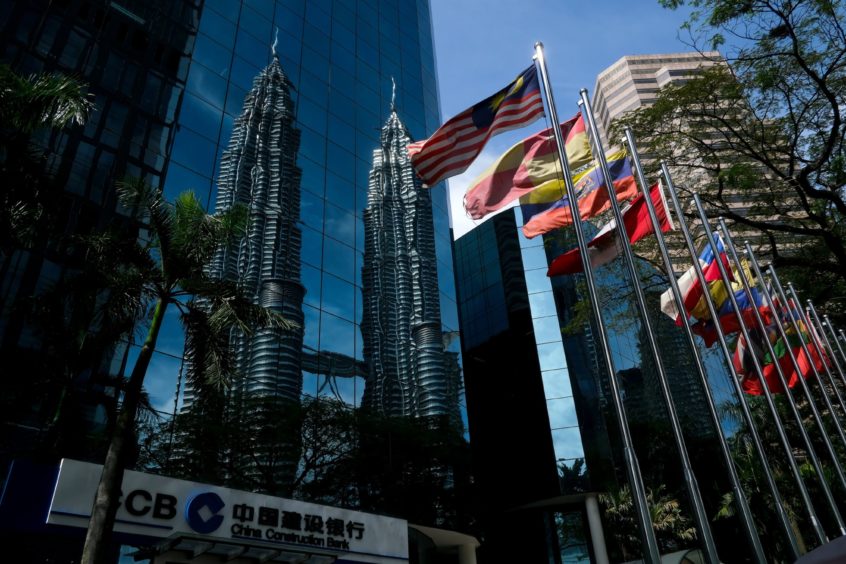 © Bloomberg
© Bloomberg Petronas MPM reckons there is at least 6 billion barrels of oil equivalent (boe) waiting to be discovered in Malaysia’s deep waters.
Only 116 deep-water exploration wells have been drilled off Malaysia since 1974. This is less than 10% of total wells drilled in Malaysia and signals that the deep-water scene is only just beginning, Petronas Malaysia Petroleum Management (MPM) said today at the official launch of its 2021 bid round. MPM Petronas is offering improved fiscal and non-fiscal terms to incentivise investment for this year’s round.
The highest amount of yet-to-be found deep-water hydrocarbons lies off Sabah, followed by Sarawak, said Petronas MPM.
Four of the 14 exploration blocks on offer this year lie in waters more than 200 metres deep off Sabah and Sarawak. In addition, three areas, covering 11 blocks, which include deep-water acreage, are open for technical study.
“I like deep-water Sabah. It’s underexplored. Block SK4E has a good mix of plays, possible and proven hydrocarbons. The study area of deep-water Sarawak is also interesting, but it’s probably well picked over by JX Nippon and others. Nuang discovery area inboard Sarawak has romance but as before, is basically a one hit wonder,” Chris Howells, principal of Asia-focused energy consultancy BEC Energy, told Energy Voice.
Whilst the deep waters offer new sources of growth, the shallow-water areas continue to yield big discoveries, such as Kasawari in 2014 and Lang Lebah in 2019. Petronas MPM claims there is tremendous potential even in so called mature areas.
In addition to nine shallow-water exploration blocks on offer, six discovered fields are up for grabs. Overall, a total 98,269 sq kms of acreage is on offer, covering 24 geological provinces, 37% of which are frontier. Petronas MPM said there is 9.5 billion boe of total identified potential. The virtual data room goes live on 1 March until 6 August, when bid submission closes.
“The official bid round launch was interesting. It strikes me that the focus is very much on the new contract types, new improved fiscal terms, as well as other changes requested by operators. There was very little on geology, geophysics and prospectivity – but the rocks don’t change often and possibly there’s nothing new to promote on that front. Therefore, Petronas MPM has made it more competitive and financially flexible,” said Howells.
“They are certainly trying to be flexible and more attractive financially than perhaps they have been. The plays remain the same although there’s new data and improved data access. There are clearly opportunities for the right companies to make successful investments and Malaysia seems to have recognised this,” added Howells.
REGIONAL CARBON CAPTURE AND STORAGE HUB
During the launch, there was also a lot of talk about low cost and low carbon barrels, dubbed “advantaged barrels” by Petronas MPM.
Petronas is deploying carbon capture and storage (CCS) technology at its Kasawari development with first injection planned in 2025. This is part of a greater strategic plan for CCS across depleted gas fields in Malaysia with a total 46 trillion cubic feet of storage volume identified. There is even bigger potential to expand this volume if aquifers and depleted oil fields are considered.
Petronas said that CCS hubs and clusters will help monetise fields with a high carbon dioxide content.
Indeed, the NOC has ambitions to make Malaysia a regional carbon storage hub.
Further coverage from Energy Voice on the 2021 round:
Petronas boosts terms for shallow-water and late-life assets
Malaysia’s Petronas hopes to lure investors to marginal fields with new scheme
